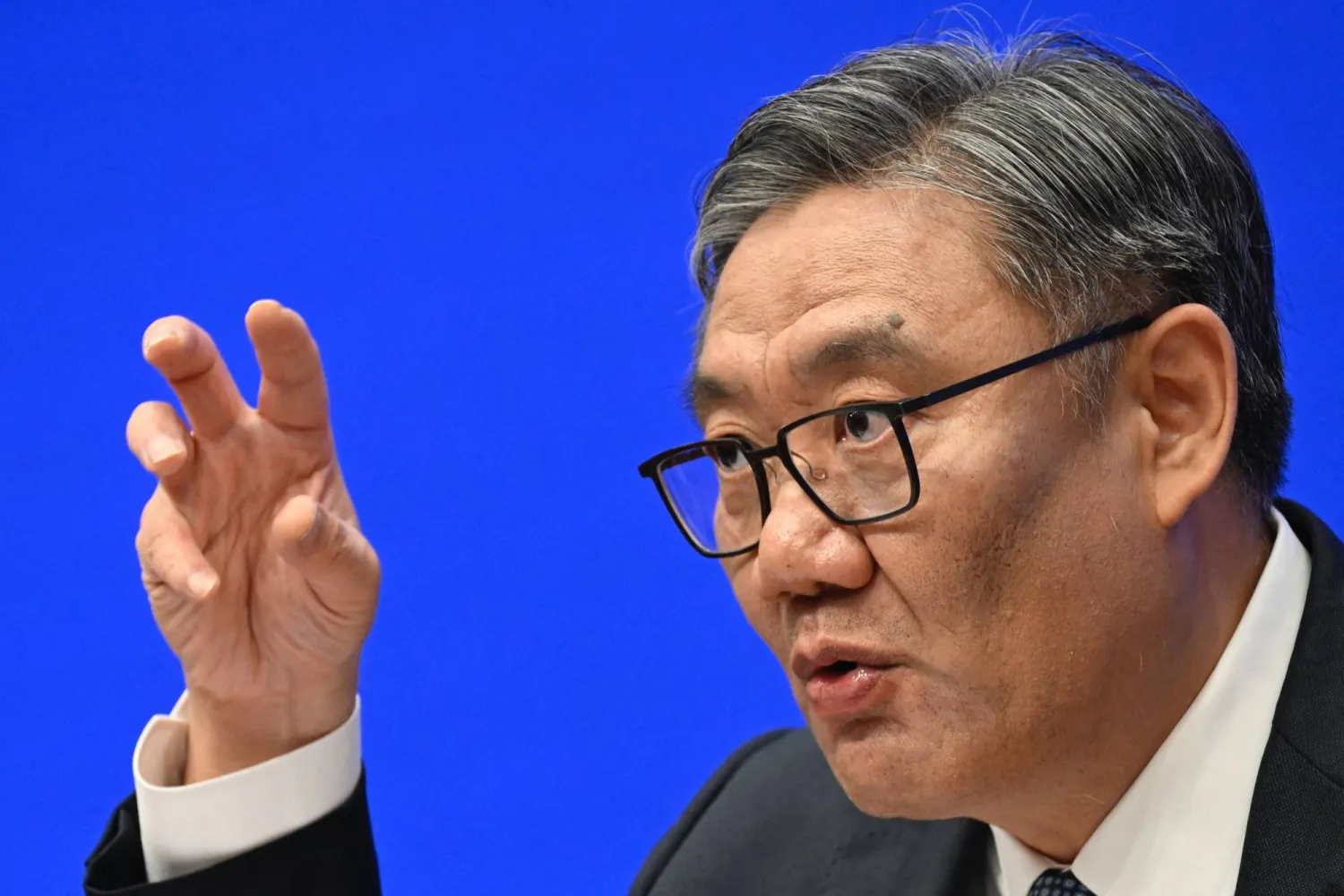Egypt announced that unemployment rates dropped to the lowest in nearly 19 years, citing several international institutions that projected further job growth in the coming years.
The Cabinet Media Center published a report noting a positive change in the international view of the country's unemployment and employment levels.
The World Bank expected unemployment to continue to decline, reaching seven percent, by the year 2023/2024, noting that the impact of the initial shock of the coronavirus pandemic on unemployment has started to recede.
The report reviewed the quarterly unemployment rate in Egypt and stated that it is at its lowest level since 2004.
The unemployment rate reached 7.2 percent in the first, second, and fourth quarters of 2022, 7.4 percent during the third quarter, 7.4 percent in the first and fourth quarters of 2021, 7.3 percent in the second quarter, and 7.5 percent in the third quarter.
The center attributed the decline to state efforts in adopting a national strategy to confront unemployment. The strategy aims to achieve sustainable development plans and work through systematic foundations to address the needs of the labor market, qualify the working cadres and raise their efficiency and readiness.
It quoted the "Oxford Business Group" as saying that Egypt could benefit from its economic potential within the framework of generating considerable and sustainable social benefits, evident through the drop in unemployment rates.
The Group said Egypt needed to reduce unemployment, which reached 12.6 percent in 2016 and should focus on vocational training to prepare skilled workers.
The report reviewed the most important indicators of the labor market, with the labor force increasing by 9.4 percent, or 30.3 million individuals, in the fourth quarter of 2022, compared to 27.7 million in the fourth quarter of 2014.
The number of workers increased by 17 percent, or 28.2 million individuals, in the fourth quarter of 2022, compared to 24.1 million in the fourth quarter of 2014.
Unemployed individuals decreased by 38.9 percent, reaching 2.2 million in the fourth quarter of 2022, compared to 3.6 million in the fourth quarter of 2014.
The report discussed the most important economic activities contributing to creating new job opportunities, reviewing the most important economic activities to which the most significant number of workers shifted during the fourth quarter of 2022.
Moreover, about 233,000 workers shifted to work in agriculture and forest exploitation, 126,000 to education, 66,000 to electricity and gas supply, and 62,000 changed their occupation to construction.







